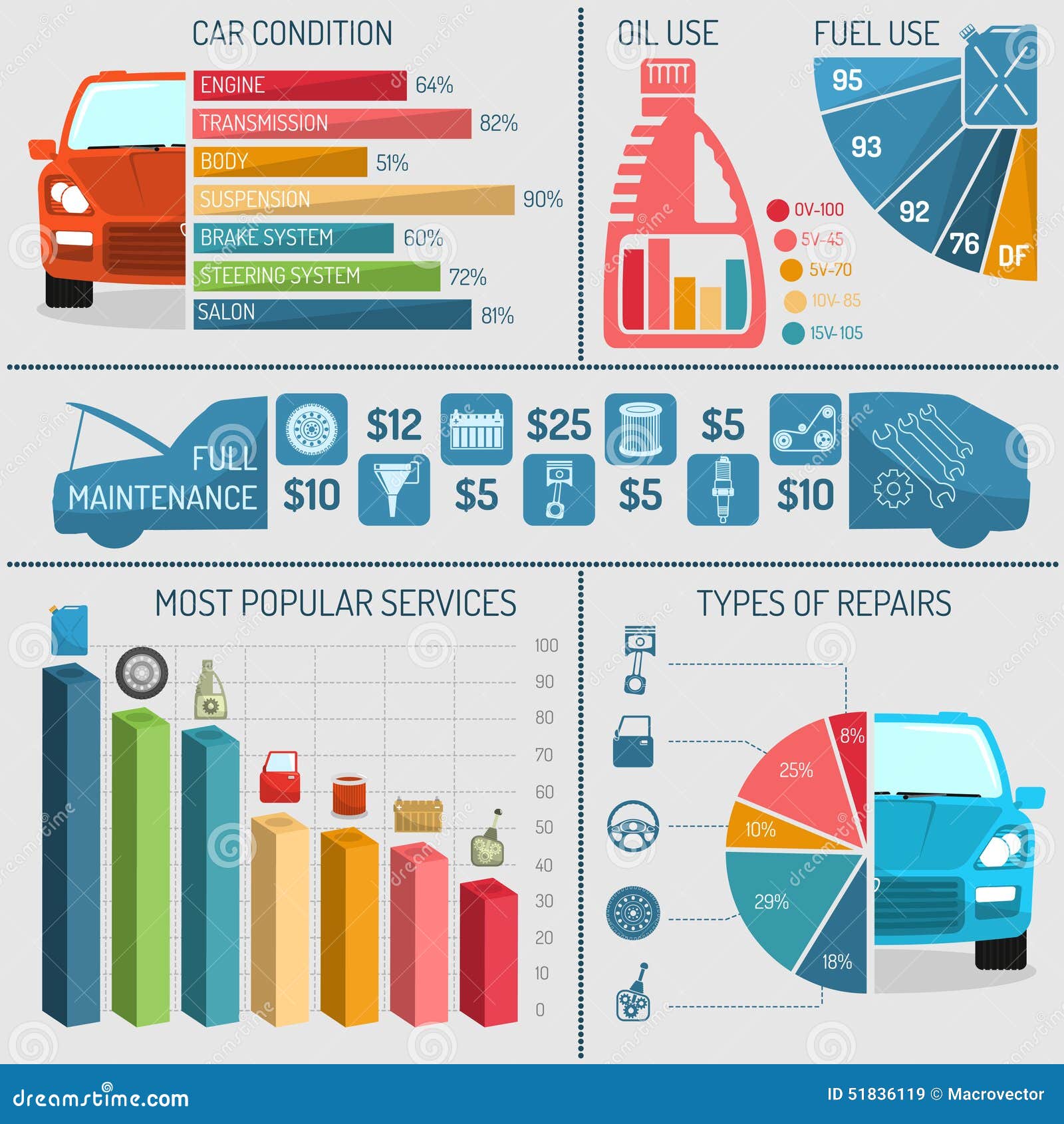Evaluating Your Vehicle'S Caution Indicators: What They Really Convey
Evaluating Your Vehicle'S Caution Indicators: What They Really Convey
Blog Article
you could try these out Created By-Samuelsen Forbes
When you're behind the wheel, those beautiful warning lights on your dashboard can be a bit complicated. Do you recognize what they're trying to tell you concerning your car's wellness? Comprehending https://airliftperformancekits95162.dailyblogzz.com/30728732/the-future-of-auto-outlining-secret-expectations-for-the-coming-five-years of these lights is important for your safety and the longevity of your car. So, the following time among those lights appears, would not you intend to understand its message properly and take the necessary steps to address it?
Common Warning Lighting and Interpretations
Identify usual warning lights in your auto and understand their definitions to ensure secure driving.
The most typical caution lights consist of the check engine light, which signifies problems with the engine or discharges system. If this light begins, it's crucial to have your vehicle checked promptly.
The oil pressure alerting light shows low oil pressure, needing instant focus to avoid engine damage.
A blinking battery light might recommend a defective billing system, possibly leaving you stranded otherwise attended to.
The tire pressure surveillance system (TPMS) light notifies you to reduced tire stress, affecting automobile stability and gas performance. Overlooking this could bring about harmful driving problems.
The abdominal muscle light indicates a problem with the anti-lock braking system, jeopardizing your capability to quit rapidly in emergency situations.
Lastly, the coolant temperature cautioning light warns of engine getting too hot, which can lead to extreme damages if not dealt with promptly.
Understanding these common warning lights will certainly aid you address concerns without delay and preserve secure driving problems.
Relevance of Prompt Attention
Recognizing the typical warning lights in your car is only the primary step; the value of quickly addressing these warnings can't be emphasized sufficient to guarantee your security on the road.
When a caution light illuminates on your control panel, it's your vehicle's method of connecting a possible problem that requires attention. Disregarding these cautions can result in more extreme issues in the future, compromising your safety and security and potentially costing you a lot more in repairs.
Prompt focus to warning lights can stop break downs and crashes. For instance, a blinking check engine light might indicate a misfire that, if left ignored, could create damages to the catalytic converter. Addressing this quickly can conserve you from a pricey fixing.
Similarly, a brake system warning light may indicate low brake fluid or worn brake pads, important parts for your safety when driving.
Do It Yourself Troubleshooting Tips
If you see a warning light on your control panel, there are a couple of DIY troubleshooting tips you can attempt before seeking expert aid.
The very first step is to consult your cars and truck's handbook to comprehend what the specific caution light shows. Often the issue can be as straightforward as a loosened gas cap triggering the check engine light. Tightening up the gas cap may deal with the problem.
An additional common problem is a reduced battery, which can set off different cautioning lights. Inspecting Suggested Site for rust and guaranteeing they're safe and secure could fix the trouble.
If a caution light persists, you can try resetting it by disconnecting the auto's battery for a few minutes and after that reconnecting it. In addition, examining your car's liquid degrees, such as oil, coolant, and brake liquid, can assist fix advising lights related to these systems.
Conclusion
In conclusion, comprehending your auto's caution lights is necessary for maintaining your car running efficiently and safely. By quickly addressing these alerts and knowing what they mean, you can stay clear of expensive repair services and prospective malfunctions.
Bear in mind to consult your vehicle's handbook for specific details on each cautioning light and do something about it accordingly to guarantee a hassle-free driving experience.
Keep informed, remain risk-free when driving!
